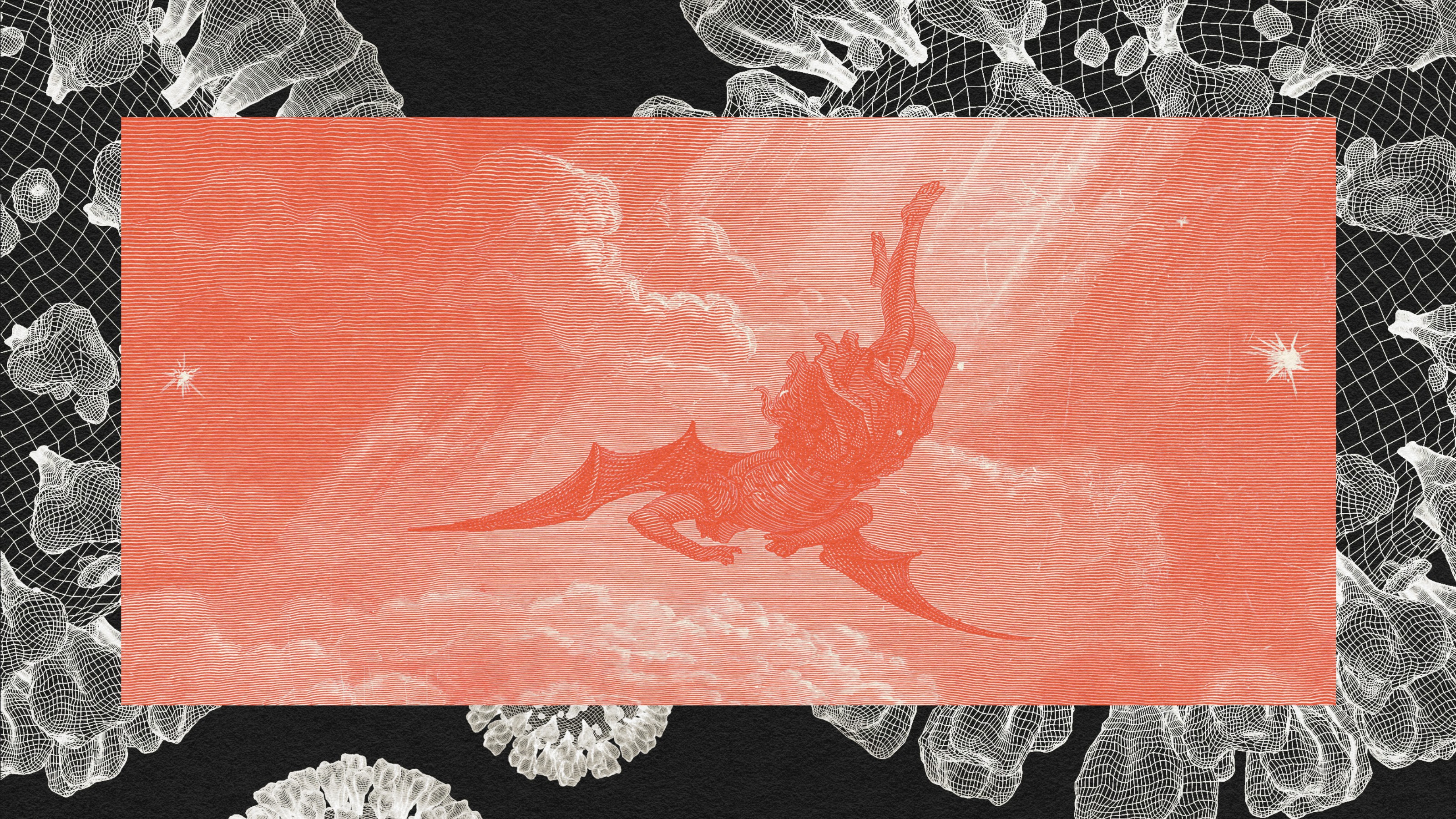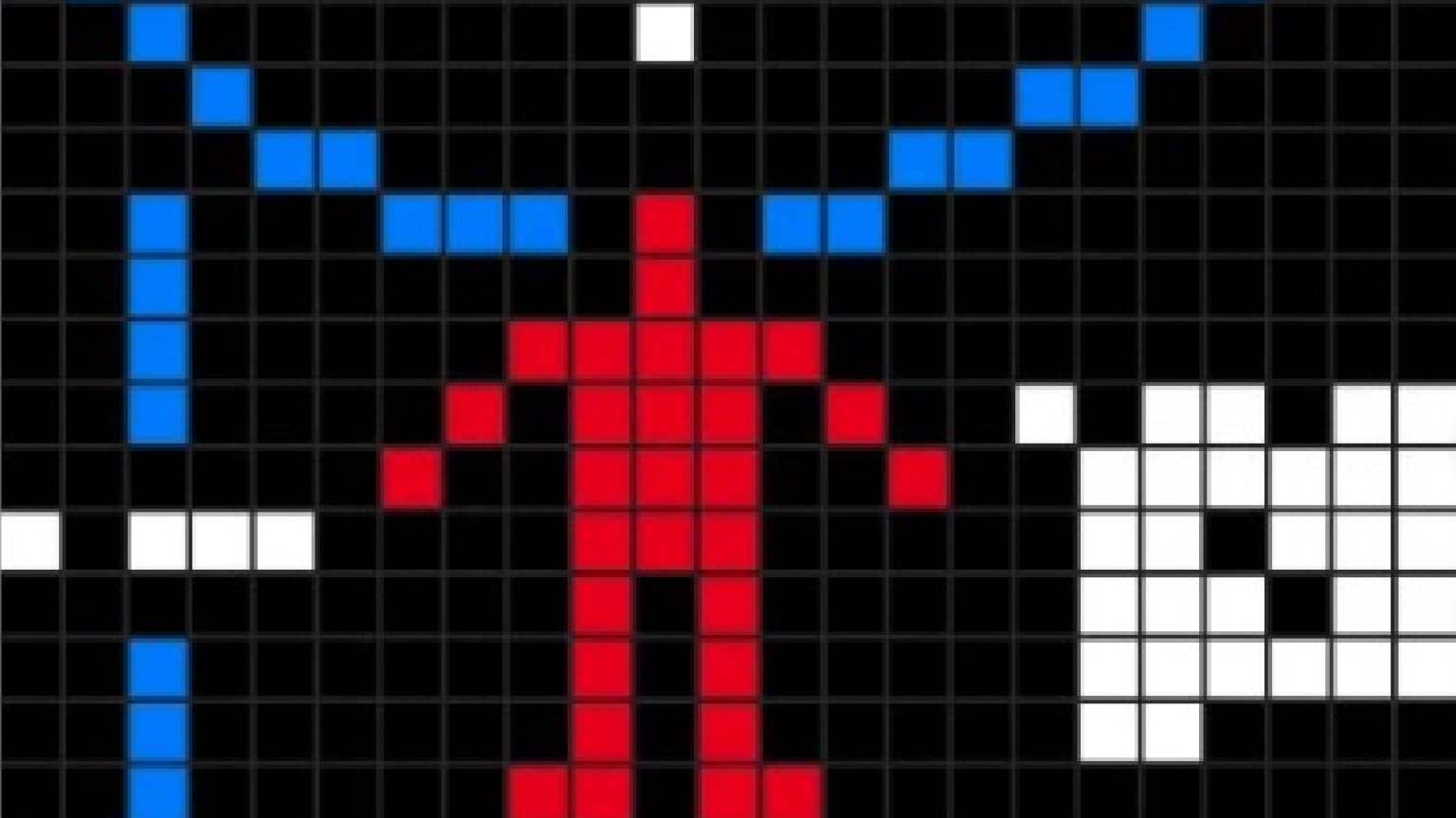- Although they might occur infrequently, supervolcanoes are by no means insignificant.
- When an extreme magnitude of volcanic materials are ejected into the atmosphere, sunlight can’t reach the Earth’s surface – making global starvation a very real threat.
- Fortunately, there are steps we can take to prepare the human race for the looming threat of supervolcanoes.
- This video was originally created and shared by Freethink.
BRYAN WALSH: A little more than 200 years ago the world experienced something that's on the edge I would say, existential threat, and that was the explosion of the volcano Tambora. Exploded in 1815 and it was horrible. The year after that was called the year without a summer in Europe and much of America it reduced global temperatures and that led to global levels of starvation. Tambora is the reason why we see super volcanoes as the single biggest natural threat to the future of the human race.
The astrophysicist Neil deGrasse Tyson once said that the universe wants to kill you but the great thing is that we are not just dinosaurs sort of wandering around the planet. We have the scientific means to comprehend the risk we face and we ask you have the ability to fight back.
I'm Brian Walsh the author of End Times, a brief guide to the end of the world.
The next central risk is a global threat so great that could either cause human beings go extinct or reduce the human population so much that there would really be no human future that we know. The true horror of an existential threat is not my death it's not your death the death of all seven point seven billion people exist now, it's the nullification of the future. the future matters to us more than we can really understand but humans are really terrible at evaluating these kinds of extension risks in part because of their rarity. We're maybe afraid of of terrorism or mass shootings even though those events are actually on a day-by-day basis very unlikely because they pop out of this we tend to overstate the danger they pose to us.
Now the reverse of that is often what we see with existential risk where because they've never happened. We tend to assume they must not be possible. That's a mistake five times over the course of the planets history we've seen what are called major extinction events and that's where you see something big happen that might knock out three-quarters of the life on this planet. Obviously the one people are most familiar with is that asteroid that collided with the earth 66 million years ago that led to the extinction of the dinosaurs, but four out of the five mass extinction events we believe really have some kind of volcanic cause. Existential risk experts really believe that Toba was the closest human beings ever come through extinction.
This was an actual supervolcano that exploded about 74 to 75 thousand years ago. That's a long time ago but there were human beings around. It was an 8 in the volcanic explosivity index which is 1 out of 8 it's got a Richter scale for volcanoes. You might remember something like mount st. Helens where you know that was so terrible was actually in the cover of Time magazine that was about 1% of strong as Toba was. By some climate models it would have reduced global temperatures by 15 degrees Fahrenheit or as much as 30. The aftermath of big super volcanoes like Toba would be cold, dark, and very hungry. When they blow they blow all that debris including a lot of sulfur into the atmosphere and actually reduced the amount of sunlight that can come into the planet. Volcanic ash is made up of little serve almost cook like rocks that will actually tear human tissue. It also can contaminate crops. It can contaminate water supplies. It's very dense and can actually put cave in roofs.
And we still find deposits of ash from the Toba super eruption thousands of miles away. From the volcano you can see it in Indy you can see it in parts of Africa - we trace it back to Toba and by some estimates it may have reduced human population to as little as 4,000 people. That shows how unbelievably powerful how unbelievably dangerous how existential a supervolcano that kind of scale can be, and guess what, that could happen again.
For instance the famous Yellowstone Park all those geysers that you see are in effect of an incredibly powerful underground volcanic system that one day could become strong enough to actually create something on the scale of a super eruption. That would bring a halt really to human life as we know it. Awareness is really our best weapon against super volcanoes you know because we can't stop but we can do is try to organize society in a way that will actually be able to endure that kind of event and that means thinking through and preparing for what's gonna happen afterwards for day two. I could put food in reserve we can actually begin to research methods of food production that don't depend on the sun. We could create something like a global monitoring system so we have a much better sense as to when they might explode. Ultimately, if what we're doing here is trying to preserve the future and we can do that but only if we take this seriously. We really have no excuse now if we go extinct now almost certainly it's because we did not try hard enough to keep ourselves safe.






